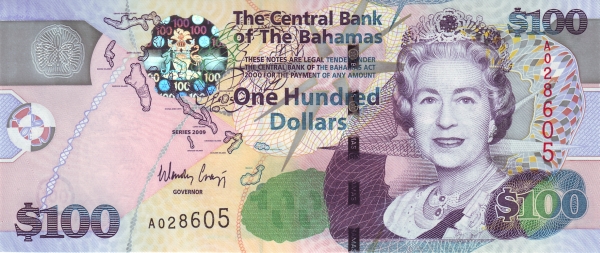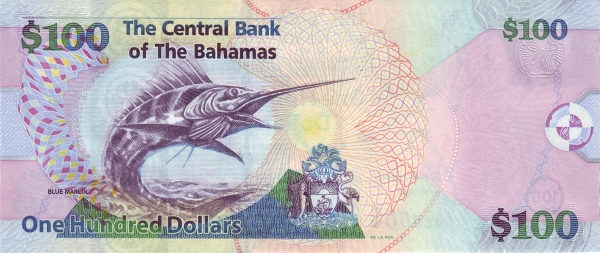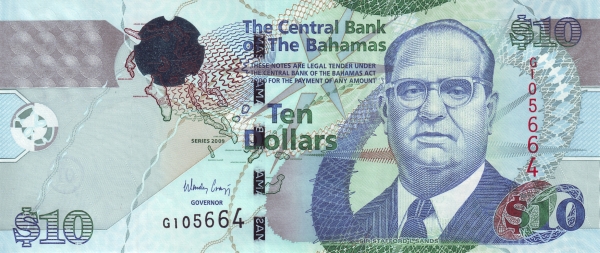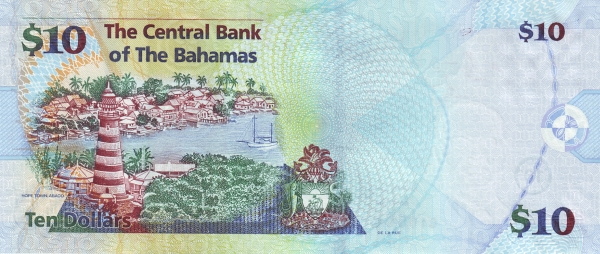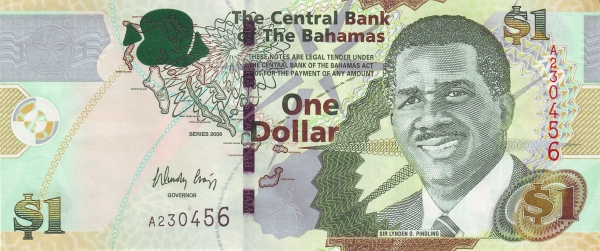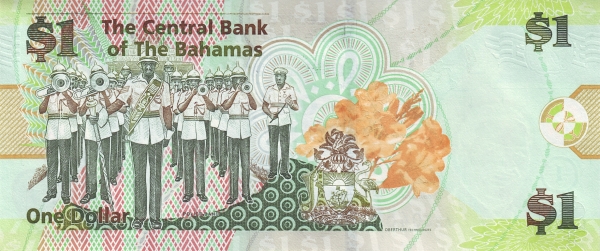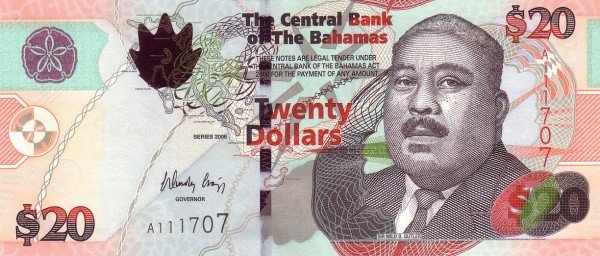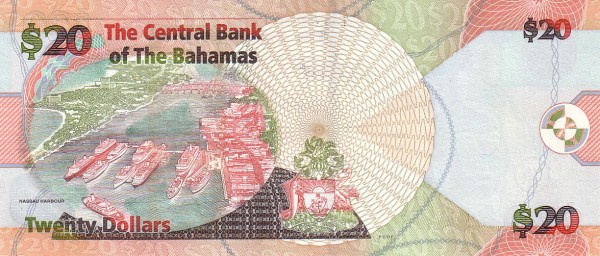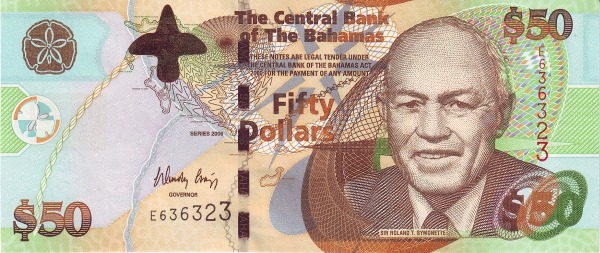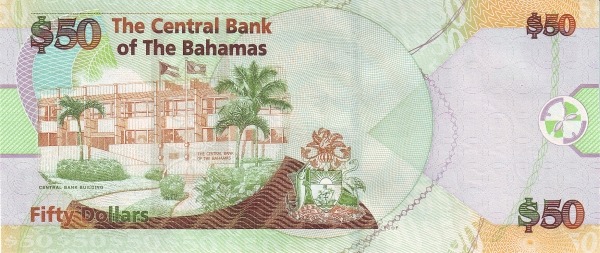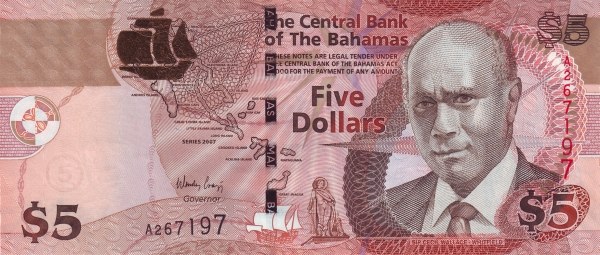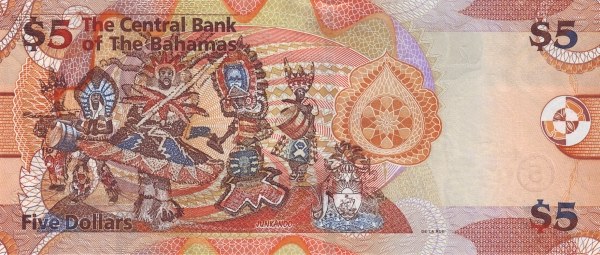Discovering the Bahamas: A Gem of the Caribbean
The Bahamas, an enchanting country located in the turquoise waters of the Caribbean, offers an array of experiences like no other. Situated approximately 310 km (190 mi) off the southern coast of Florida and north of Cuba, this remarkable archipelago consists of around 700 islands, cays, and islets. With slight variations in size, the Bahamas encapsulates a land area of approximately 13,943 km². Fascinatingly, this makes it comparable to the size of Montenegro, or just a bit smaller than Connecticut. While only about 30 of these islands are inhabited, the rest remain untouched, waiting to be explored. The Bahamas shares maritime borders with Cuba, Haiti, the United States, and Turks and Caicos Islands (UK), making it an accessible paradise for travelers.
A Historical Tapestry
To truly appreciate the Bahamas, one must delve into its rich history. This archipelago stretches 760 miles from Florida's coast in the northwest to near Haiti in the southeast. When Christopher Columbus arrived in 1492 at San Salvador, the islands were home to the Lucayans, a subgroup of the Arawak Indians. Sadly, within just 25 years of Columbus’ arrival, the entire tribe succumbed to the combined impacts of slavery, disease, and other adversities.
Later, in 1647, a group of English Puritans known as the Company of Eleutheran Adventurers established a British settlement in the Bahamas. They took possession of an island known to the Arawaks as Cigatoo, which they renamed Eleuthera, signifying "freedom" in Greek. The islands officially became a British colony in 1717, and again in 1783, marking the beginning of a lengthy period of British influence.
The Era of Pirates
Interestingly, the Bahamas also has a notorious reputation as a pirate haven during the late 17th and early 18th centuries. Due to their strategic location near crucial shipping routes, piracy thrived in these waters. Pirates based in Nassau launched attacks against French and Spanish ships. Conversely, the forces of France and Spain retaliated by burning Nassau multiple times, highlighting the turbulent maritime history surrounding this region.
Modern-Day Bahamas
Today, the Bahamas has transformed into one of the world's leading vacation destinations. Travelers flock to Nassau, the political capital and commercial hub of the Bahamas. With its vibrant culture, stunning beaches, and luxurious resorts, the Bahamas truly captivates visitors. The sound of reggae music fills the air as the aroma of local cuisine tempts the taste buds, creating an inviting atmosphere.
Cultural Melange
Interestingly, the Bahamian culture thrives on a rich tapestry of historical influences. English remains the primary spoken language, while Bahamian Creole adds a unique flair. The islands showcase a blend of African, European, and Indigenous influences, resulting in colorful festivals, traditional crafts, and lively music scenes. Annual events, such as Junkanoo, a vibrant street parade, exemplify this cultural blend, allowing locals and tourists to revel in Bahamian heritage.
Political Landscape of the Bahamas
Turning to the political framework, the Bahamas operates as a constitutional parliamentary democracy and a commonwealth realm. As of now, the head of state is Queen Elizabeth II, represented by the Bahamian governor-general. Acting on the advice of the prime minister and the cabinet, the governor-general showcases a blend of tradition and modern governance. The prime minister, typically the leader of the majority party in parliament, leads the government.
Furthermore, the parliament itself features a bicameral structure composed of an appointed Senate and an elected assembly. This arrangement ensures diverse representation and engages citizens in the governance process, further strengthening the democratic principles upon which the Bahamas stands.
Natural Paradise
Beyond its historical and cultural significance, the natural beauty of the Bahamas captivates many. The crystal-clear waters and powdery white sands draw visitors from all corners of the globe. Scuba diving enthusiasts particularly revel in the opportunity to explore vibrant coral reefs teeming with marine life. Additionally, the Bahamas boasts some of the world's most spectacular beaches, such as Pink Sands Beach and Cable Beach. These pristine stretches of sand, coupled with vibrant sunsets, create an idyllic escape for beach lovers.
Flora and Fauna
The Bahamas is not only a haven for beach enthusiasts but also for nature lovers. Unique ecosystems flourish here, thanks to the diverse range of flora and fauna. The Exuma Cays Land and Sea Park, for instance, serves as a sanctuary for remarkable wildlife. Visitors may spot iguanas, sea turtles, and a variety of bird species, all while enjoying the breathtaking beauty that surrounds them. Such experiences highlight the Bahamas' commitment to preserving its natural environment.
Unique Culinary Delights
An exploration of the Bahamas would be incomplete without indulging in its rich culinary offerings. The local cuisine reflects a tantalizing blend of flavors. Fresh fish, conch fritters, and tropical fruits tantalize the taste buds. Ensuring that visitors experience the full spectrum of Bahamian culture, many restaurants serve traditional dishes that showcase local ingredients. Dining in the Bahamas becomes a celebration of flavors, aromas, and shared experiences.
Your Gateway to the Bahamas
In conclusion, the Bahamas stands as a remarkable nation that seamlessly combines history, culture, natural beauty, and culinary delights. This Caribbean paradise invites travelers to explore its unique landscapes and rich heritage. Regardless of whether you are seeking adventure, relaxation, or a blend of both, the Bahamas promises an unforgettable experience. With its friendly locals and vibrant atmosphere, a journey to this archipelago becomes a cherished memory that beckons you to return time and again.
Largest cities of: Bahamas
| City Name | Population | Year of foundation | |
| Nassau | 274,400 | 1703 | |
| Freeport | 26,780 | 1955 | |
| Marsh Harbour | 6,000 | 1783 | |
| West End | 1,500 | circa 1880 | |
| Abaco | 1,000 | circa 1783 |
Bahamas: Money
